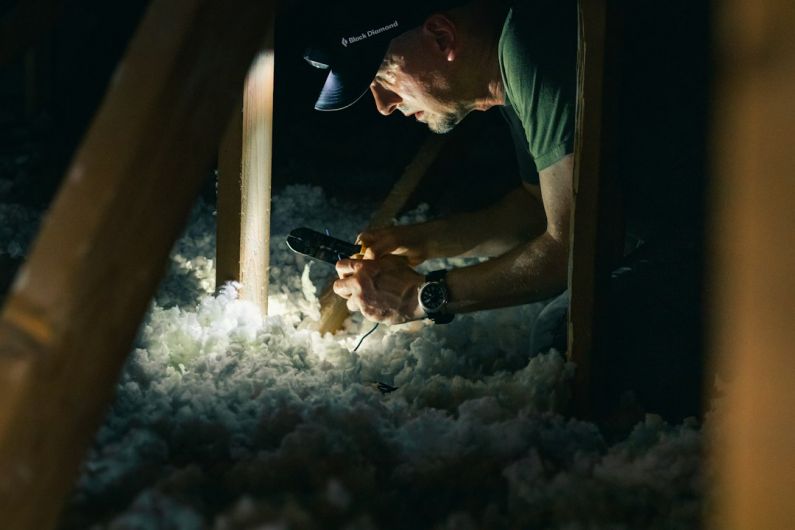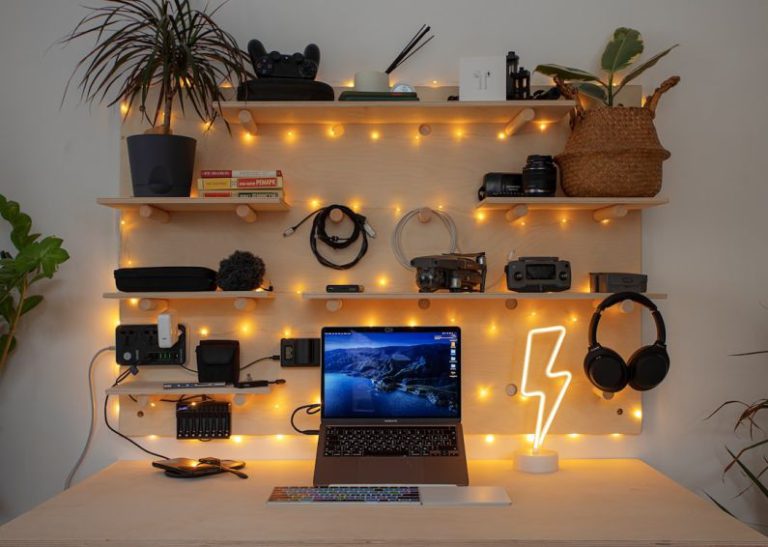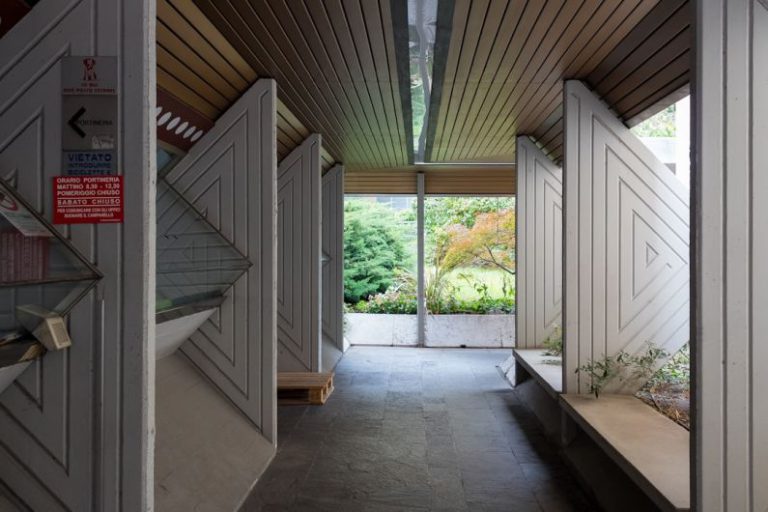Creating a Multi-purpose Home Network Attached Storage
In today’s digital age, having a reliable and versatile storage solution for your home network is essential. A Network Attached Storage (NAS) device can serve as a central hub for storing and accessing all your important files, media, and data from anywhere in your home. However, instead of purchasing a pre-configured NAS, creating a multi-purpose home NAS tailored to your specific needs can offer more flexibility and customization options. This article will guide you through the process of setting up a multi-purpose home NAS that can serve a variety of functions to meet your unique requirements.
Choosing the Right Hardware
The first step in creating a multi-purpose home NAS is selecting the right hardware components. When it comes to building a NAS, you have the option to repurpose an old computer or invest in a purpose-built NAS enclosure. If you choose to repurpose an old computer, make sure it has enough processing power, memory, and storage capacity to handle your storage needs. Alternatively, investing in a purpose-built NAS enclosure offers a more compact and energy-efficient solution that is designed specifically for storage purposes.
Operating System Installation
Once you have selected the hardware for your multi-purpose home NAS, the next step is to install an operating system. Popular NAS operating systems like FreeNAS, OpenMediaVault, or NAS4Free offer user-friendly interfaces and a wide range of features to manage your storage effectively. These operating systems also support various protocols such as SMB, NFS, and FTP, allowing you to access your files from different devices and platforms seamlessly.
Configuring Storage and RAID
After installing the operating system, you will need to configure the storage on your multi-purpose home NAS. Depending on your storage requirements, you can set up a single disk, RAID 1 (mirroring), RAID 5 (striping with parity), or RAID 10 (striping with mirroring) for data redundancy and performance optimization. By configuring RAID on your NAS, you can protect your data against hardware failures and ensure continuous access to your files.
Setting Up File Sharing and Media Server
One of the key features of a multi-purpose home NAS is file sharing and media streaming capabilities. With file sharing enabled, you can easily share files and folders with other users on your network or remotely over the internet. Additionally, setting up a media server on your NAS allows you to stream music, videos, and photos to various devices such as smart TVs, gaming consoles, and mobile devices. Popular media server applications like Plex or Emby can be installed on your NAS to organize and stream your media library effortlessly.
Implementing Backup and Sync Solutions
Data backup is crucial to safeguard your important files and prevent data loss in case of hardware failures or accidental deletions. By implementing backup solutions like rsync, Syncthing, or cloud backup services, you can create regular backups of your data to external drives, remote servers, or cloud storage providers. Additionally, setting up synchronization tools allows you to keep your files up to date across multiple devices and ensure seamless access to the latest versions of your data.
Enhancing Security Measures
As your multi-purpose home NAS stores sensitive data and personal files, it is essential to enhance the security measures to protect your information from unauthorized access and cyber threats. Implementing security best practices such as enabling firewall rules, creating strong passwords, updating the operating system and applications regularly, and encrypting sensitive data can help secure your NAS and prevent potential security breaches.
Customizing Applications and Services
To further enhance the functionality of your multi-purpose home NAS, you can customize it with additional applications and services based on your specific needs. Whether you want to set up a personal website, run a virtual machine, host a game server, or create a surveillance system, there are numerous applications and services available that can be installed on your NAS to expand its capabilities and cater to diverse use cases.
Optimizing Performance and Monitoring
Finally, optimizing the performance of your multi-purpose home NAS and monitoring its health and resource utilization are essential to ensure smooth operation and reliable access to your data. By regularly monitoring system metrics, disk usage, network activity, and temperature levels, you can identify and resolve potential issues before they impact the performance of your NAS. Additionally, implementing performance optimization techniques such as enabling caching, upgrading hardware components, or configuring network settings can help enhance the overall speed and efficiency of your NAS.
In conclusion, creating a multi-purpose home NAS offers a cost-effective and versatile storage solution that can cater to a wide range of needs and requirements. By selecting the right hardware, installing the appropriate operating system, configuring storage and RAID, setting up file sharing and media streaming capabilities, implementing backup and sync solutions, enhancing security measures, customizing applications and services, optimizing performance, and monitoring the health of your NAS, you can build a robust and efficient storage system that meets your unique demands and provides seamless access to your data anytime, anywhere.






